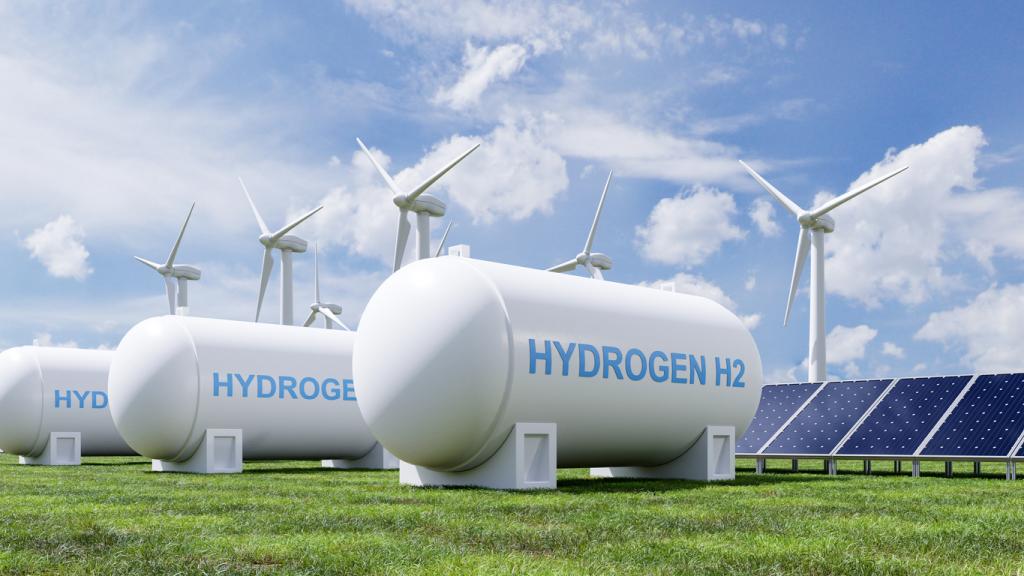
The importance of monitoring and diagnostics centers has become more prominent in the power industry, including among large power generation fleet owners. Many companies in the power industry work with monitoring and diagnostic centers like the prominent GE to improve performance and reliability.
Monitoring and diagnostic centers employ leading software like advanced pattern recognition software, which can be used to warn customers of an impending failure or any other error. M&D centers have saved companies millions of dollars, and GE is especially praised for its work in aiding power generation before, during, and after hurricanes.
Although M&D centers are becoming more popular among companies in the power industry, they are not a new concept. GE Gas Power M&D Center, for example, has been running for over 25 years, and there are not a lot of companies in this field that have lasted for that long.
M&D centers started with manual monitoring by collecting data and analyzing it manually on the screen. But now, most of these centers are highly automated, leveraging a wide range of analytical and digital tools to take care of anomaly detection.
Most centers use digital APM software that runs hundreds of analytics at the same time, and the data is used to troubleshoot issues. One of the main ways M&D centers have evolved over time is the automation and tools that the workers have available to them. This helps in improving productivity and offers more benefits to the power industry.
The main way M&D centers work for businesses in the power industry is with an anomaly detection system. The system will notify when the parameter is out of range or the process is out of bounds. This works with automation, software, and analytics. This is sent to subject matter experts who investigate the cause and tell the customer what to do.
Although clients can call the M&D center if there is something wrong with the data, the main purpose of working with monitoring and diagnostics experts is to see a potential issue before it becomes a problem. In many cases, the customer had not noticed the problem before the automation identified potential issues and sent it to an SME to give recommendations on how to solve the problem.
There are different benefits that companies in the power industry can enjoy when working with M&D centers. They mostly focus on improving the performance of the power industry using their preventive software and reports.
The failures that M&D software can identify differ widely, but it also helps companies to spot a problem before it becomes significant. This keeps the power industry running smoothly. One of the common failures is related to the sensor. The sensor might be giving wrong data or causing a problem with control.
Another common issue is valve failure or valve degradation, which can affect the power plant. Other issues include bearing failure, which is caused by different accessories, and issues like fuel contamination, piping failure, and more. The M&D center provides power companies with recommendations on how to improve their heat rate too.
M&D centers ensure that companies in the power industry are constantly running with their shutdown support. If a company is using its service and one of its units goes offline, the center can immediately analyze the problem and provide a recommendation.
Most centers are able to get their client’s systems back online in 30 minutes. Using GE as an example, the center has stated that they use five minutes for data collection and 15 minutes to provide and implement a recommendation that will be safe for the machine.
Another reason why M&D centers are beneficial to the power industry is identifying equipment failures on time. Most companies like GE focus on heat rate, and they can identify anomalies in the heat rate or check if there is a major degradation.
Whenever there is a problem, the center receives an alert and will follow the process.
Companies in the power industry can receive monthly reports when working with an M&D center. As there are often long-term problems, they usually end up in a monthly report.
The report will include data on how the plant is operating based on certain standards and the aspects where they have improved or degraded. It will also include professional insights and recommendations on what the power plant can do.
The power industry can benefit from having a wide range of experts watching their plants and turbine engines at the same time. This is unlike having an expert on-site, as they will have to physically check multiple turbines. With a remote monitoring center, the same expert can check hundreds of gas turbines.
Furthermore, those who work in a monitoring center can learn a lot and use this knowledge to improve the industry. If the expert is working on-site, they might only see a failure once in a lifetime, and it will be hard to fix it. But when monitoring hundreds of plants, you will see a particular error multiple times, which improves their expertise and recommended solutions.
Monitoring and diagnostics centers like GE Power have focused on large-scale industrial IoT implementation, which in general, reduces the chances of power outages. The experts work with clients to increase uptime and reduce maintenance expenses.
GE Power has been praised for drawing attention to the importance of IIoT. This is especially since over 500 power producers that are responsible for 900 power plants around the world use the center’s services to identify and solve issues. The company has changed its technology every five years to meet up with the demand.





